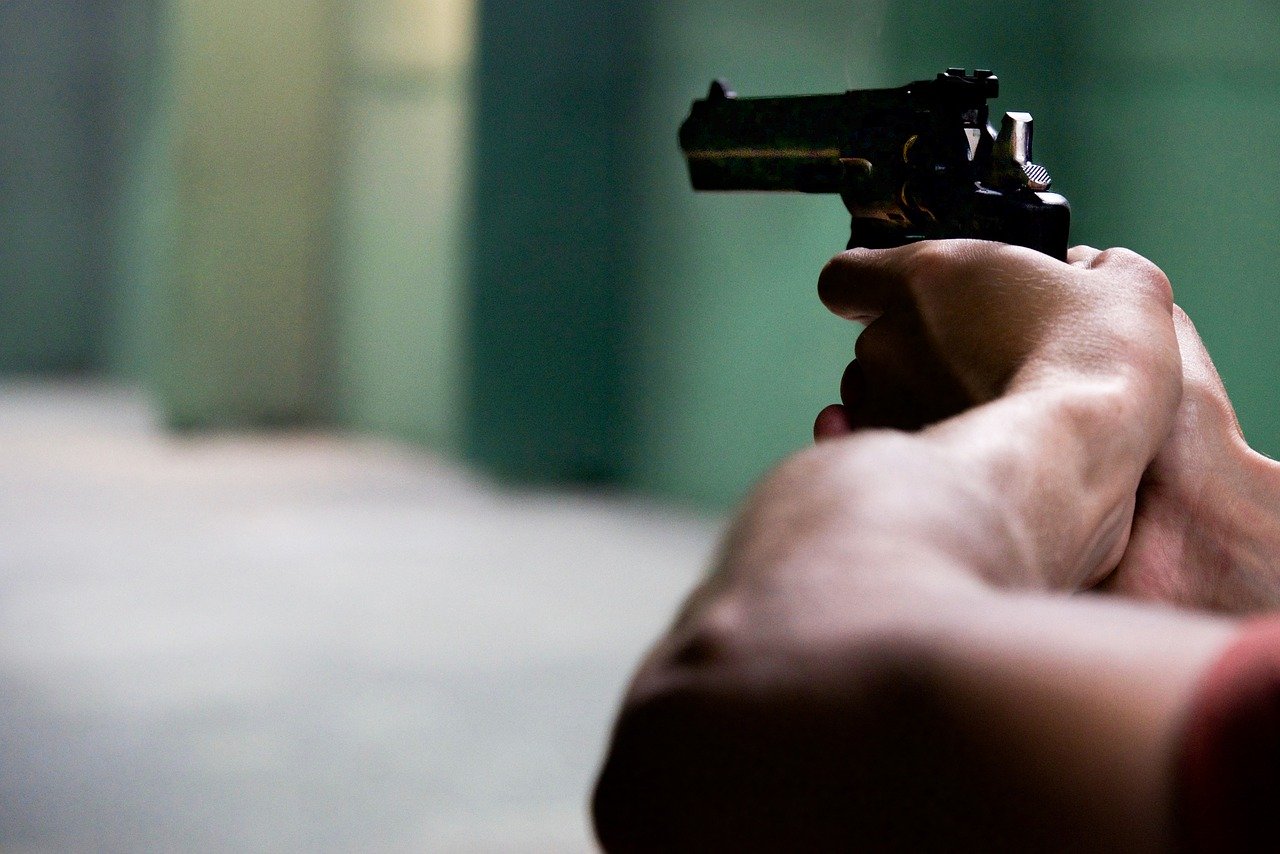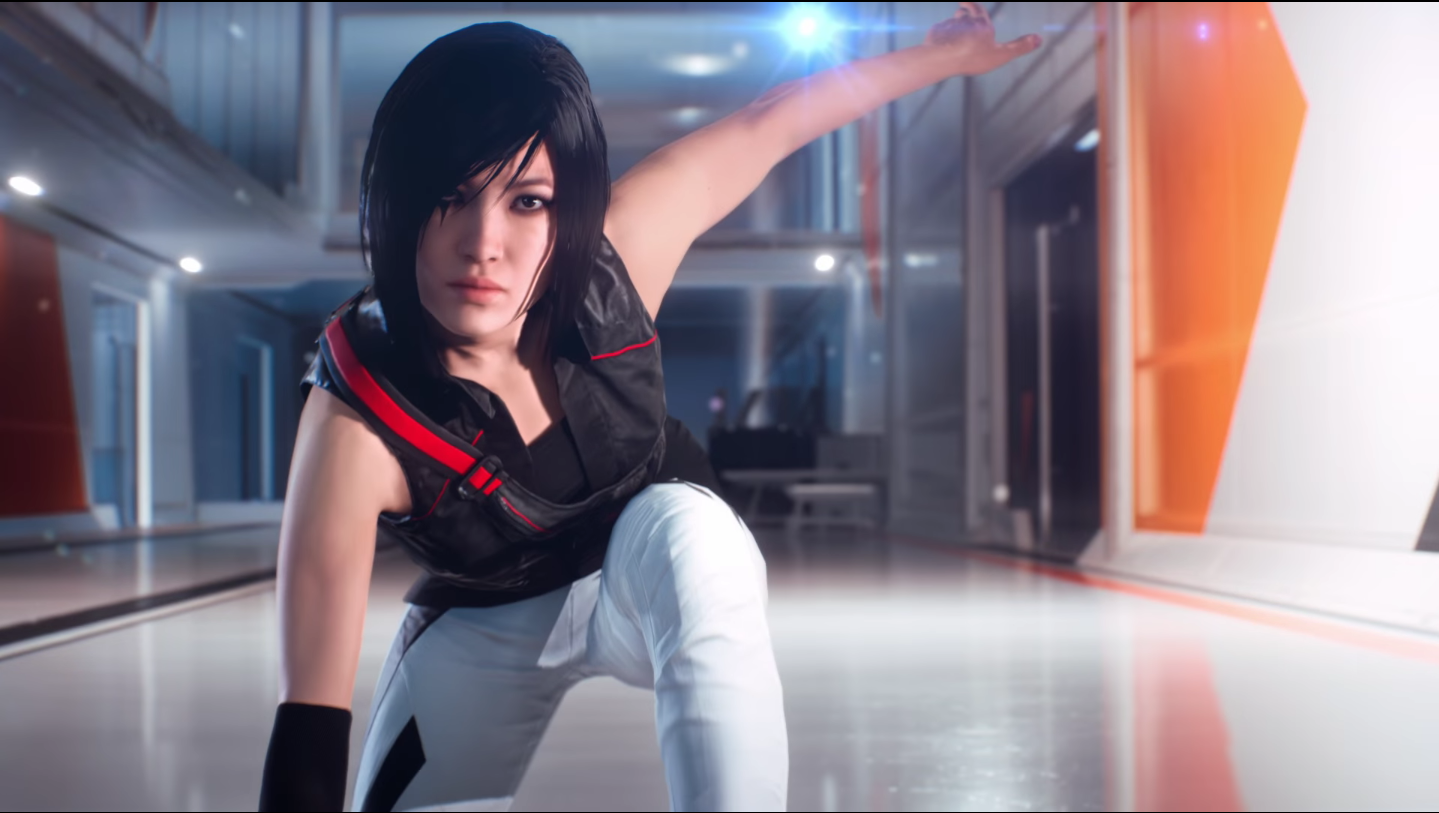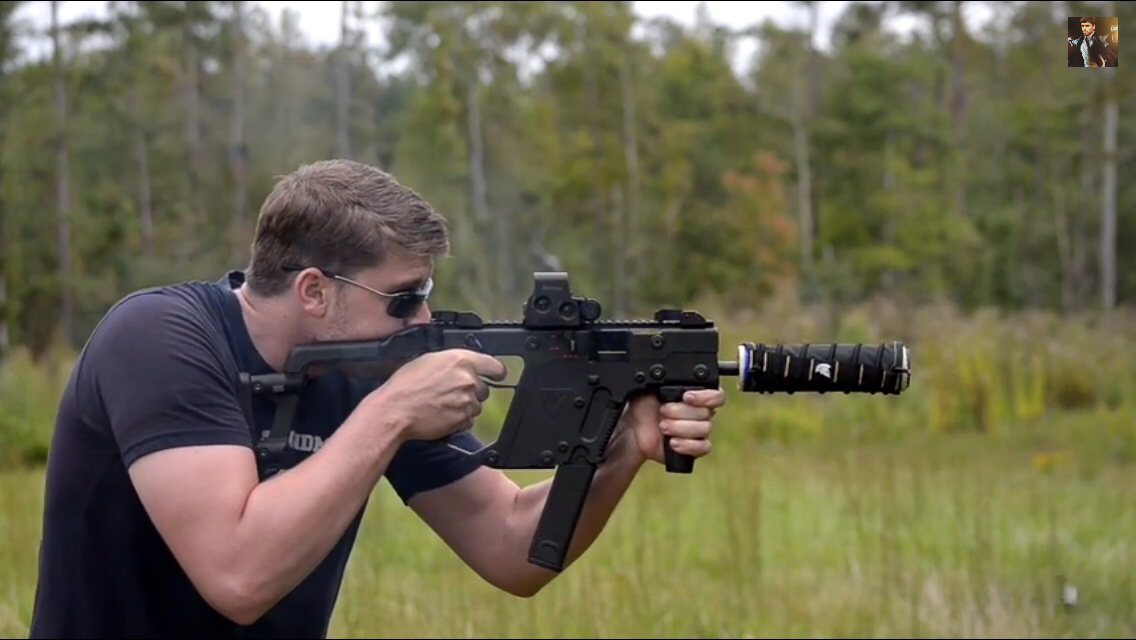
Every 13 seconds, a burglary takes place.
Imagine, you’re laying in bed fast asleep when you think you hear a knock at the door. However, before you can make it downstairs to investigate, you hear a loud slam, as your front door flies open. Now, what will you do?
Home invasions happen fast, and if you don’t have a plan in place you could lose a lot more than property. If you’re thinking about getting a gun to keep your house safe, you’ll want to take a look at our handgun buying guide.
If you choose the right gun, you’ll be able to protect yourself and your family with ease. However, if you get a gun that’s too small, or difficult to use, it won’t be helpful in your time of need.
Read on to learn the best tips for buying a handgun.
Handgun Buying Guide
If you don’t have a lot of experience with firearms, it can be overwhelming trying to find the right one. Before you can pick the best handgun our pistol for you, you have to take into account several different factors. Starting with the caliber.
What Caliber Do You Need?
There’s a range of caliber sizes, but 9 mm is the best choice for beginners. The 9 mm caliber is great for first-time gun owners because there’s barely any recoil. The recoil is the pushback you’ll feel when you pull the trigger on your gun.
Another benefit of going with 9 mm is the high capacity magazine. A high-capacity magazine is that you won’t have to constantly reload. Since you’ll probably be using your gun for practice and training purposes, a well-functioning magazine is invaluable.
You’ll notice that many police forces choose to use 9 mm, simply because it’s a caliber size that’s easy to control. If you’re brand-new to using guns, you should always start by using smaller calibers. This way you’ll be able to get used to the recoil while also learning the gun’s basics.
However, if you’re strictly getting your gun for at-home self-defense, you should consider getting in practice with a larger caliber size. The bigger the bullet’s diameter and weight, the more powerful it’ll be when it launches down your barrel.
Full-Sized Handguns
If this is your very first gun, and you’re using it for self-defense, get a full-size handgun. Full-size handguns are easier to handle and don’t have a lot of recoils. You’ll also enjoy being able to easily use the large area of the grip.
Choosing a gun that has too harsh of a recoil, can bruise the webbing that sits between your thumb and forefinger. If you go with a full-size handgun, the mild recoil will keep your hand’s injury-free.
To make the recoil even lighter, go ahead and buy a new set of recoil pads for your handgun. Adding recoil pads to your gun will make your muzzle easier to control and reduce the recoil even more.
Revolvers and Semi-Automatics
Now that you know a little bit more about the basics for finding your handgun, let’s going to the different design types. Here’s a shortlist of the different types of handguns
• Revolvers
• Double action trigger
• Single action trigger
• Semi-automatic
A revolver has a very simple design. It was in the 1870s that revolvers began using bullet cartridges. When you’re using a revolver, all you have to do is load cartridges into the cylinder and pull the trigger.
If you decide to get a revolver, you’ll have two different trigger options. There is the double-action trigger revolver and the single-action trigger revolver. A double-action trigger works by creating a longer trigger pull.
When you pull the trigger the hammer will come back and then release. It’s called a double-action trigger because the act of pulling the trigger accomplishes two things.
First, you’ll be pointing the hammer back, second, you’ll be allowing the hammer to fall and fire the gun. A single-action trigger means you have to pull the hammer back manually before you can shoot.
A lot of people enjoy a single action trigger for safety reasons. As long as you don’t pull the hammer back, and you can’t accidentally fire the gun by the point of the trigger.
Understanding Semi-Automatics
If you get a semi-automatic handgun, there will be a lot more parts for you to become familiar with. Semi-automatics use multiple moving parts to hold the ammunition in a magazine. We suggest finding a company like Strike Industries, that will be able to supply you with all of the different parts and accessories.
It’s common for semi-automatics to have a slide on the top of the handgun that you pulled back to prepare your round. When you pull the trigger, the slide will come back and automatically spit out the old casing while preparing the next one for you. Before the gun will fire again, you have to pull the trigger.
Hammer Fired and Striker
There are two types of semi-automatic handguns. The two types are hammer-fired and striker-fired. There are hammer-fired guns that have the normal double-action trigger.
However, keep in mind that the double-action trigger pool takes a long time. A striker-fired gun is a type of double action only trigger. I striker-fired semi-automatic handguns don’t use a hammer.
Go to the Shooting Range
Doing research and reading about the different types of handguns is a great starting point. However, nothing compares to taking a gun and testing it out on the shooting range.
Similar to how you would want to test drive a new car before buying it, gun owners should test out a few gun models before making a purchase. Once you’ve narrowed down your handgun search to a few different models, find local areas that allow you to rent those guns.
Next, take the rented guns to the firing range and get a feel for them. Notice how the gun fits in your hand, what the recoil is like, and how you feel shooting it.
Referrals From Friends
Talk to friends and family members you think might have guns of their own. Ask them about their favorite models and suggestions. Next, ask your friends if they’d be willing to let you try their gun at the shooting range.
Firing Your Handgun
Before you start trying out guns at the shooting range, you’ll need to know the basics of how to shoot. Here are our top 4 handgun buying guide tips for shooting:
• Grip your handgun properly
• Set a proper distance
• Understand trigger control
• Site alignment and control
Be patient with yourself as you become familiar with the different styles of handguns. After all, the handgun is one of the trickiest firearms to master.
Rifles and shotguns both rest on your shoulder when you fire them. By resting on your shoulder, they have a stable platform, making it easier to control them. However, when you fire your handgun, you won’t have any platform to push it up against. Instead, you’ll be firing your handgun as you outstretched your arms.
Gripping Your Semi-Automatic
If you’re using a semi-automatic handgun, you can grip it using both hands. After placing both hands on the grip of the gun, both of your thumbs should be pointing forward. If you’re right-handed, your right thumb should be on top of your left thumb.
Weaver and Isosceles Stances
Next, you’ll want to make sure you’re standing with the right shooting stance. The stance you use will determine how you place your feet, position your shoulders, and distribute your weight.
You can either use a Weaver stance or an Isosceles stance. Since you’re new to shooting we suggest trying each stance before deciding what one suits you best.
Trigger Control
To shoot accurately, you also have to understand trigger control. Your trigger finger should use the very last pad of your finger, not the tip of your finger. The pressure should come from your knuckle area, and never the end of your finger.
Finally, you’ll have to become proficient at understanding the handgun site alignment and control. Since you can’t hold a handgun perfectly still, having properly aligned sites is crucial.
Old Versus New
As you get ready to buy your very first handgun, you’ll start to come across deals for used guns. Buying a used gun comes with both pros and cons.
For some gun lovers, they enjoy knowing that they’re the sole owner of their firearm. However, if you don’t mind not being the gun’s original owner, you can purchase slightly used guns.
It’s not uncommon for gun lovers to get excited and buy a new gun, only to find out they don’t like the way it feels in their hands. These people will be willing to sell their used gun, that’s practically in brand-new condition, with a great discount. In some cases, you’ll find people who are looking to trade their guns while still offering you a discount. Finally, used guns frequently come with special accessories. High-grade optics, holsters, extra magazines, and upgraded triggers are just a few of the accessories your used gun might come with.
Make the Right Buy
Now you know some of the best tips for buying your first handgun. We hope that our handgun buying guide will help you feel confident about whatever gun you choose to purchase.
If you’re still unsure what type of handgun you need, you just need to do a little more homework. To get an even more in-depth look at different gun types and uses, check out the rest of this site.


